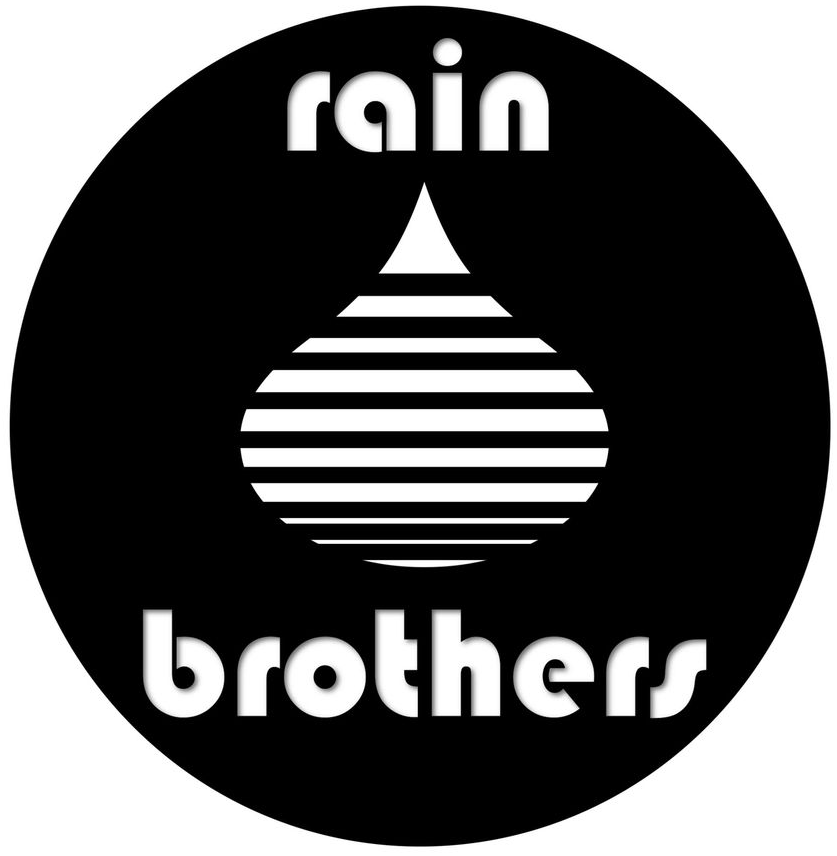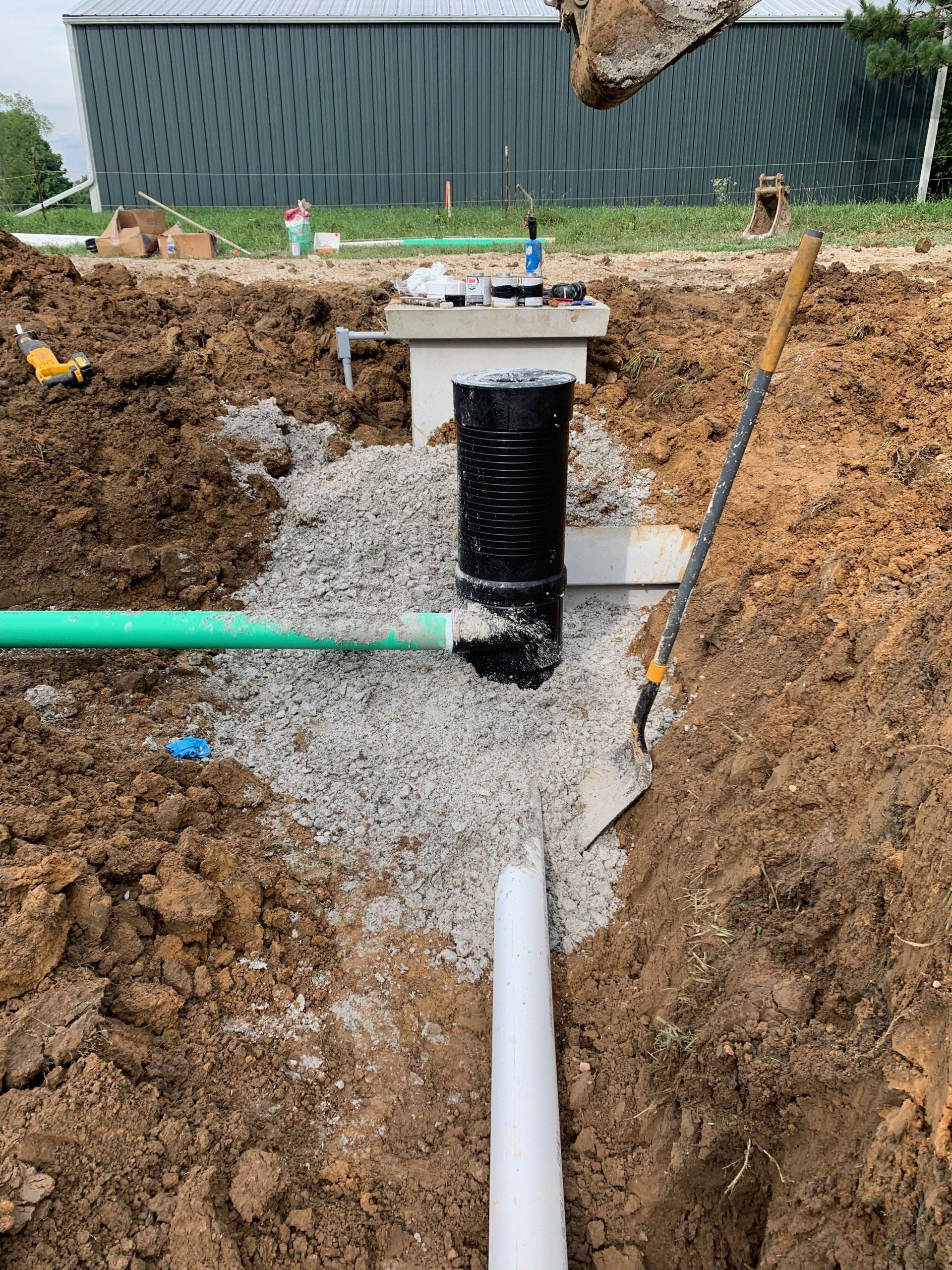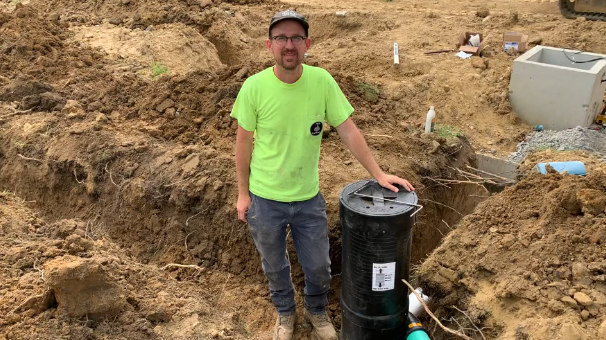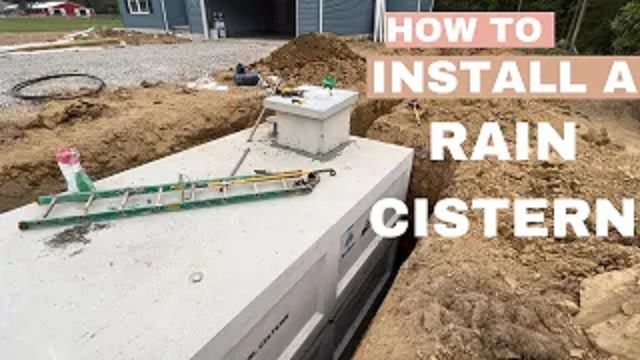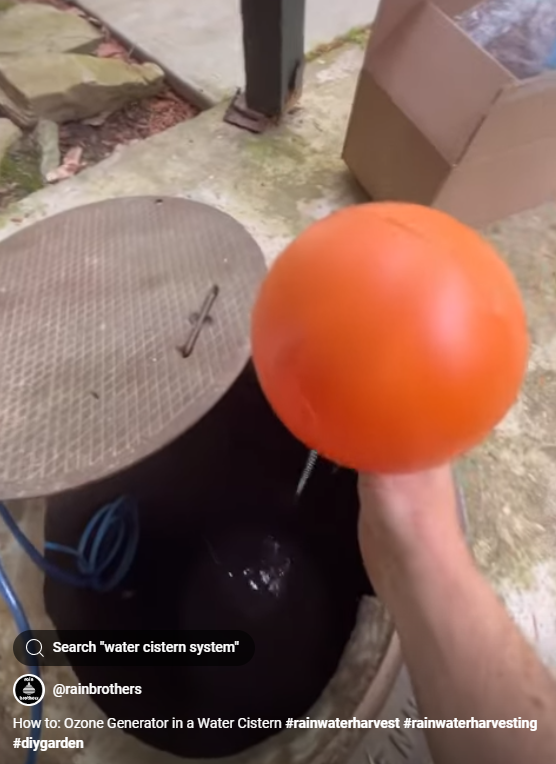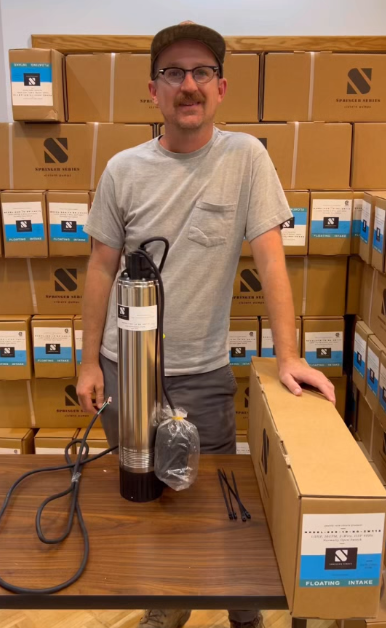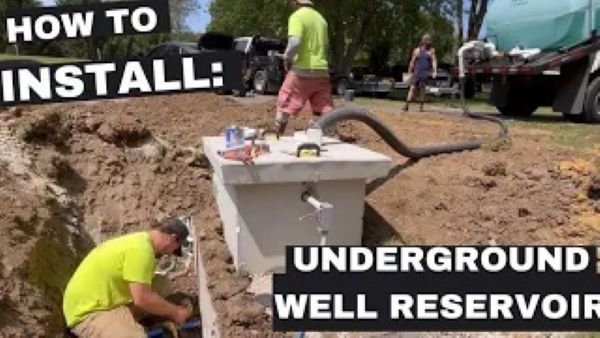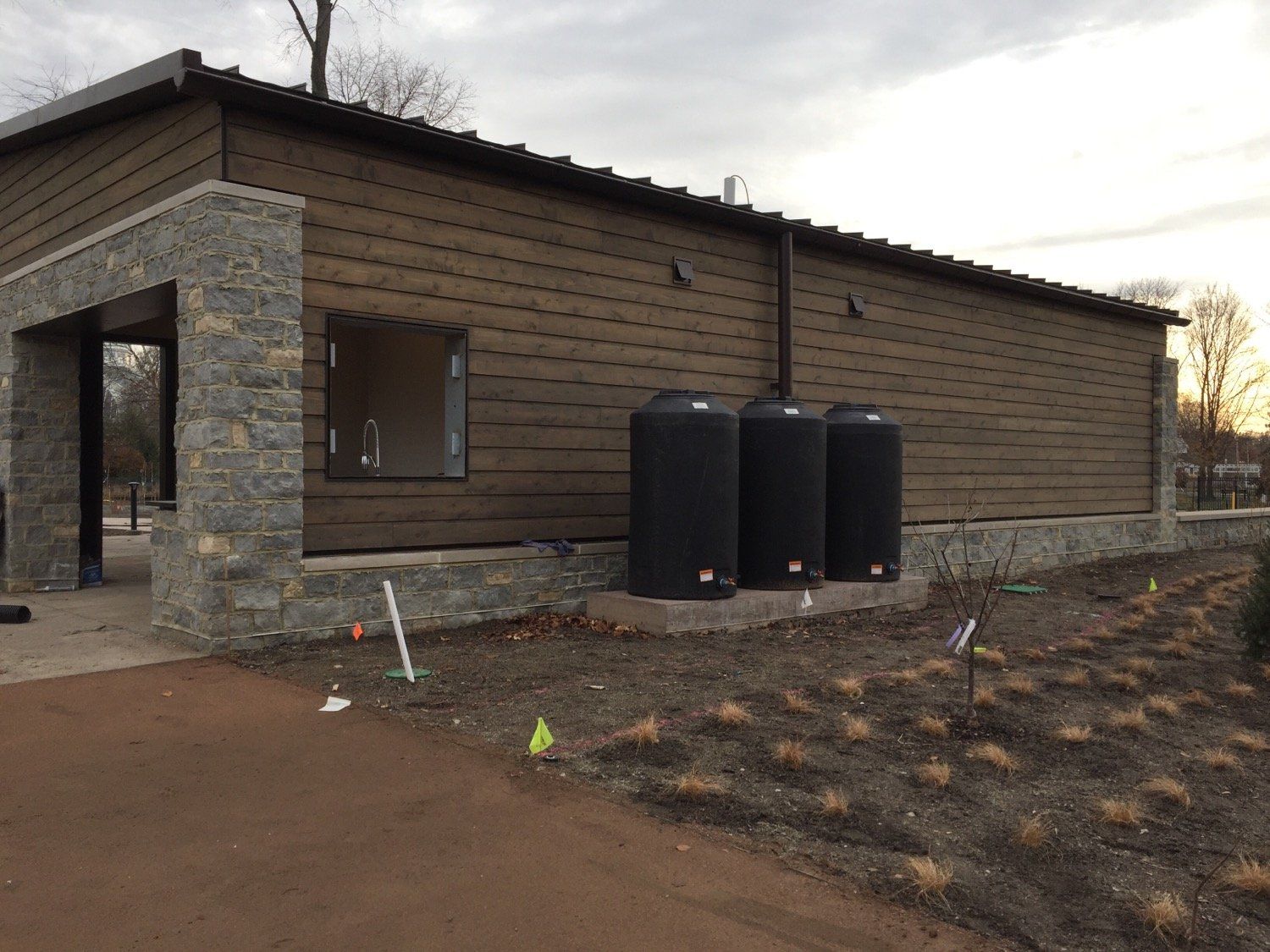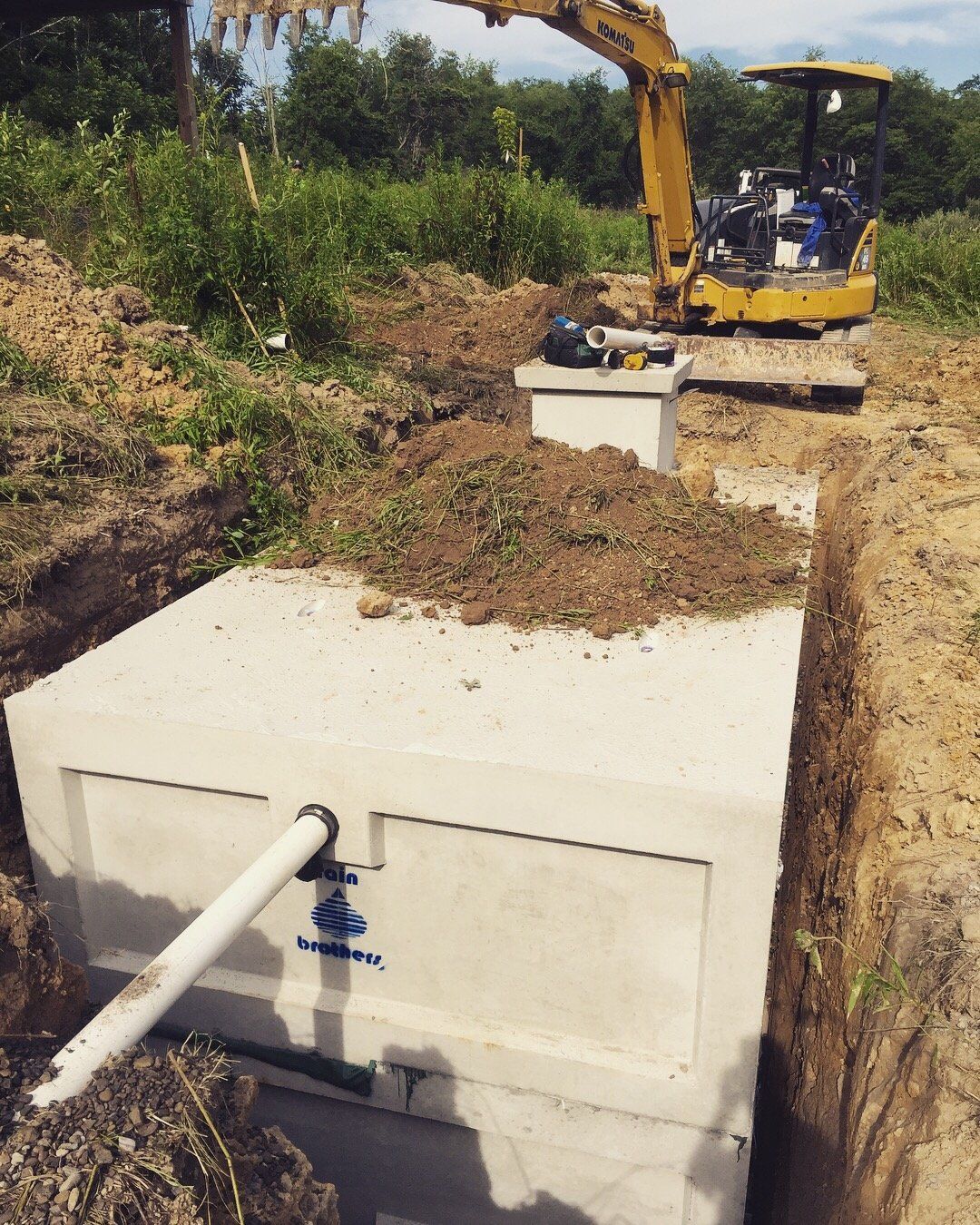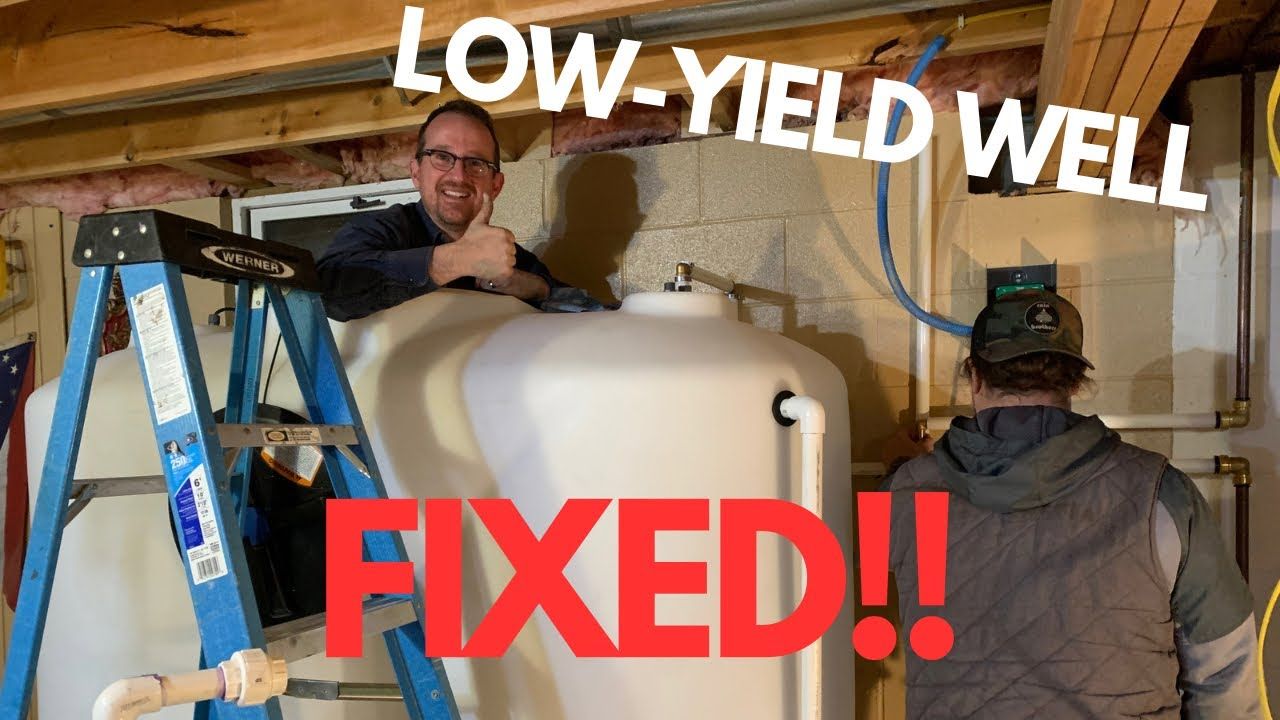Troubleshooting and Starting Your Submersible Cistern Pump
Procedure to Start up Your Pump
In this video, we review the step-by-step process to troubleshooting your submersible cistern or well pump.
Introduction
Starting a new submersible cistern pump can seem daunting, but with the right steps, you can troubleshoot any potential issues and ensure efficient operation. This guide provides a step-by-step process for troubleshooting and starting up your Franklin C1 or Springer Series cistern pump.
Step 1: Initial Preparations
Before powering up, remove the cover from the pressure switch. This device controls the pump's operation based on water pressure. It disconnects the circuit at high pressure (usually 60 psi) and reconnects at a lower pressure (around 40 psi).
Step 2: Purge the Air
To avoid airlock, open the boiler drain valve to release any trapped air in the plumbing system. This is especially important for new setups.
Step 3: Energize the Circuit
Activate the dedicated power circuit for the pump. Ensure the pump is not connected to GFCI-protected circuits due to the location in the water tank. Confirm compliance with local electrical codes.
Step 4: Check Power Supply and Connections
If the pump doesn’t start, use a multimeter to check for around 115 volts (+/- 10%) at both the circuit and pressure switch. If the voltage is correct, the issue may be elsewhere.
Step 5: Inspect External Components
Examine the junction box connected to the cistern, as settling can disrupt wire connections. Ensure secure wiring and check voltage continuity between the house and cistern.
Step 6: Verify Pump Submersion and Connections
Ensure the intake screen is submerged in water and connected directly to the hose, without a check valve obstructing the flow.
Step 7: Monitor the Float Switch
Check that the float switch is in the correct position (pointing upwards) to allow power to reach the pump. If the switch is down, it may prevent the pump from operating during low water levels.
Step 8: Clear Airlocks
If an airlock persists, use the pitless adapter tool to adjust the pump position. Make sure the pump remains submerged before restoring power. Watch for water flow to confirm the airlock is cleared.
Step 9: Perform a Final Pressure Test
After purging the system, conduct a pressure test inside the house. Open the valve to release air, monitor the pressure gauge, and ensure the pump shuts off at 60 psi.
Step 10: Check for Leaks
Turn off the power and close the isolation valve. Watch the pressure gauge for any drops, which could indicate leaks in the system.
By following these steps, you can effectively troubleshoot and start your submersible cistern pump, ensuring reliable operation and water supply. Keep monitoring the pressure gauge and checking connections for optimal performance.

Links
Contact
937-949-1100
- Call or Text
catchingtherain@gmail.com
Cistern Living Community
Do you have a question about living with a cistern? We’re here to help! Join CisternLiving.com, sponsored by Rainbrothers, to connect with experts and a community of cistern owners. Your question could help others—sign up today and be part of the conversation!
Cistern Cleaning & Sealing Services
We provide professional cistern cleaning and sealing services within a 120-mile radius of Yellow Springs, Ohio, covering the following counties:
Butler, Champaign, Clark, Clermont, Clinton, Darke, Delaware, Fayette, Franklin, Greene, Highland, Madison, Miami, Montgomery, Pickaway, Preble, Ross, Shelby, Union, Warren.
Contact us today for reliable and professional cistern maintenance services!
Rainwater Harvesting Cisterns & Systems for Low-Yield, Low-Producing Wells
All Rights Reserved | Rain Brothers LLC
